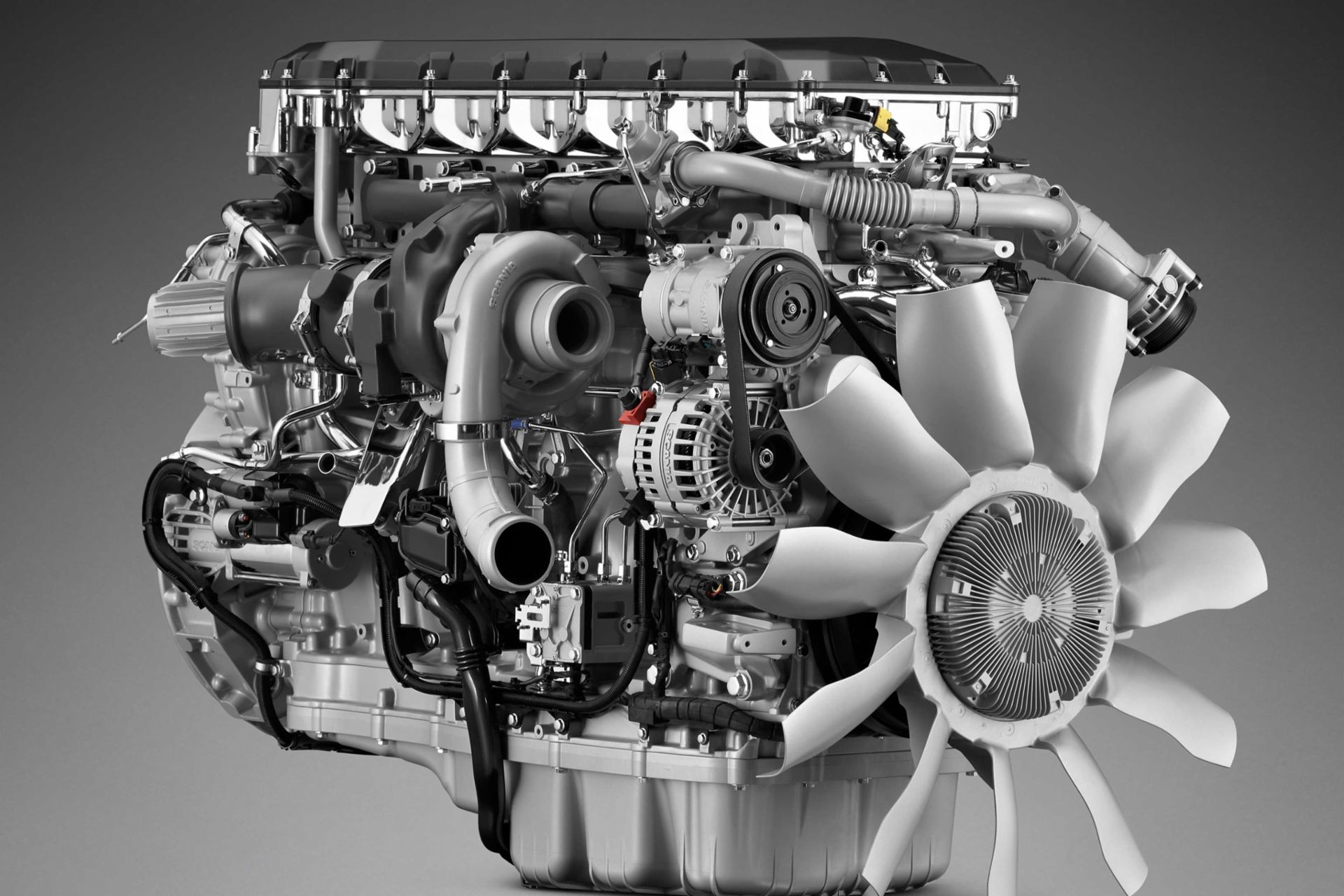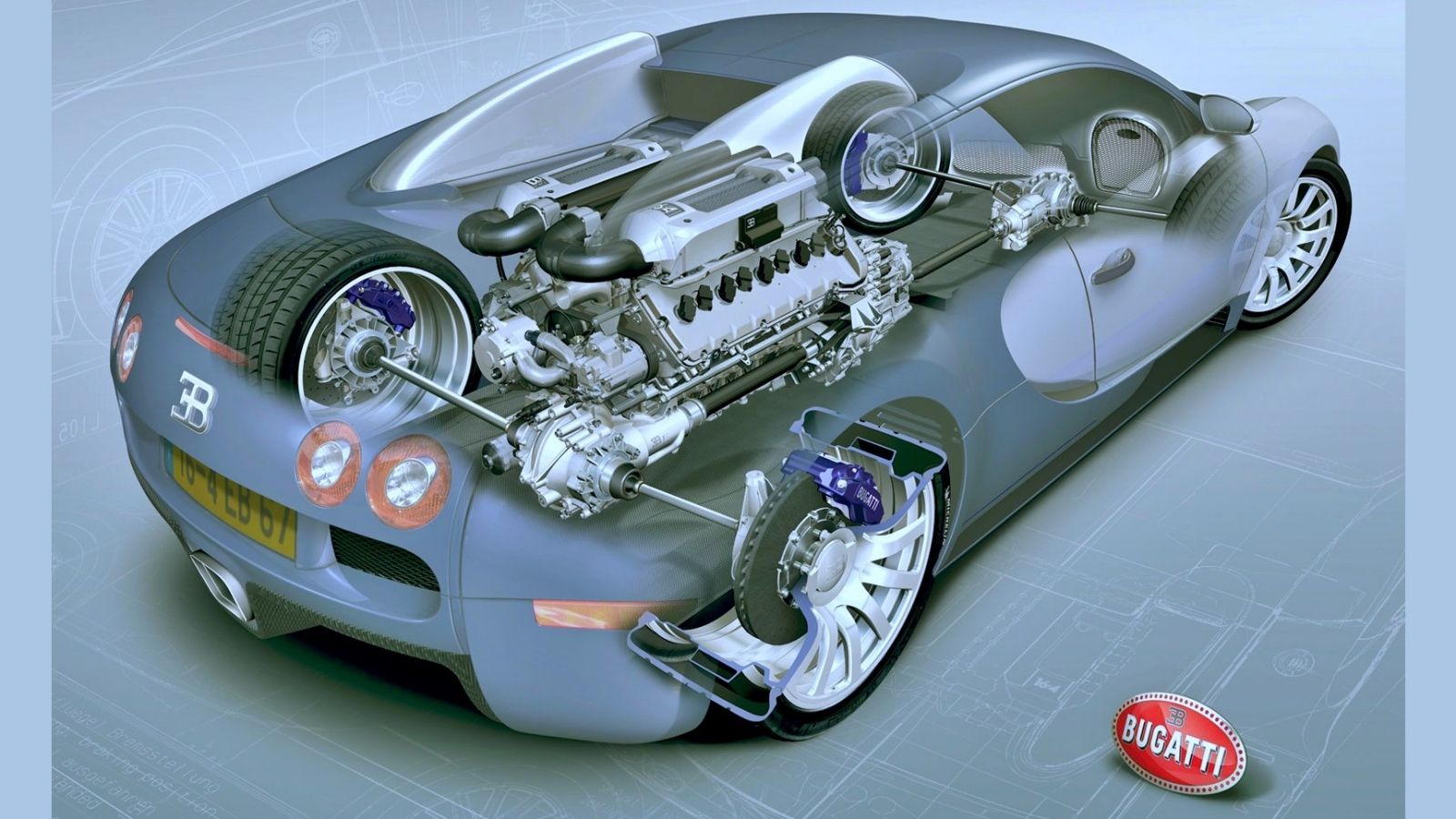Engines for Africa Available Currently! Browse Through Our Relied On Car Parts Shop
Engines for Africa Available Currently! Browse Through Our Relied On Car Parts Shop
Blog Article
The Quest for Ultimate Driving Power: Exploring the Peak of Engine Performance and Technological Advancements in the Automotive Industry
In the realm of vehicle design, the pursuit of optimum driving power has actually been a relentless pursuit that has unfolded via the development of engine layout and the assimilation of sophisticated innovations. From the careful craftsmanship of burning engines to the rapid innovations in electric propulsion systems, the vehicle sector stands at the cusp of a new age identified by extraordinary performance abilities. As scientists and engineers dig much deeper into the worlds of computational fluid characteristics and check out ingenious fuel innovations, the perspective of opportunities increases significantly. Keep tuned as we untangle the detailed tapestry of technical breakthroughs that are forming the future of vehicle power and performance.
Evolution of Engine Layout

In addition, the assimilation of turbocharging and supercharging technologies has actually changed engine layout by enhancing power without significantly increasing engine dimension. These forced induction systems compress the consumption air, enabling even more fuel to be combusted, consequently creating better power output from a smaller sized engine. This innovation has been especially vital in enhancing the performance of smaller sized displacement engines while preserving gas performance requirements.

Performance-Enhancing Gas Technologies
The implementation of advanced fuel modern technologies has actually substantially contributed to boosting engine efficiency in modern-day vehicles. From standard gasoline and diesel to ingenious biofuels, synthetic gas, and hydrogen, the automobile industry is seeing a transformation in gas choices. Biofuels, stemmed from sustainable sources like sugarcane, corn, or algae, offer boosted and minimized discharges engine performance. Artificial fuels, produced via chemical procedures, supply high octane scores, enhancing power outcome. Hydrogen fuel cells, although still in the onset of fostering, reveal excellent promise because of their zero-emission nature and possibility for high performance. In addition, gas ingredients and cleaning agents are being created to tidy engine parts, maximize burning, and decrease friction, thereby boosting total automobile efficiency. With recurring r & d, the quest for the ultimate driving power continues, as engineers aim to unlock the full capacity of performance-enhancing fuel modern technologies in the automotive industry.
Developments in Electric Propulsion
Considerable strides in electrical propulsion technology have actually reinvented the vehicle sector, leading the way for a new age of effective and sustainable transport. Electric vehicles (EVs) are gaining popularity due to their ecological benefits and developments in battery innovation, making it possible for longer driving varieties and shorter charging times. Suppliers are investing greatly in research study and development to boost the performance of electric propulsion systems, concentrating on boosting power result, enhancing energy efficiency, and minimizing general weight.
One remarkable advancement in electric propulsion is the advancement of innovative electrical motors that supply higher torque and power density, causing use this link boosted acceleration and overall driving click this site efficiency. Additionally, regenerative stopping systems have been improved to save and catch power throughout deceleration, additional improving the performance of EVs.
Moreover, the combination of smart modern technologies, such as expert system and predictive analytics, is maximizing the administration of electric propulsion systems, making sure ideal performance under numerous driving problems. These improvements in electric propulsion are improving the automotive landscape, driving the sector towards a much more lasting and electrified future.
Influence of Computational Liquid Dynamics
With advancements in electrical propulsion pushing the limits of automobile modern technology, the assimilation of Computational Liquid Dynamics is playing a critical duty in optimizing wind resistant performance and boosting overall performance in lorry design. Computational Liquid Dynamics (CFD) involves using computer system simulations to evaluate the circulation of air around a lorry, enabling designers to anticipate exactly how design modifications will impact aerodynamics without the demand for costly physical prototypes. By properly modeling airflow patterns, CFD permits the refinement of vehicle shapes to minimize drag, enhance air conditioning, and improve security.
CFD makes it possible for designers to optimize air movement around components such as radiators, engine bays, and wheel wells, adding to improved efficiency and overall driving experience. In verdict, the combination of Computational Liquid Dynamics represents a significant step ahead in the mission for supreme driving power and effectiveness in the auto sector.
Future Trends in Engine Technology
In the dynamic landscape of vehicle design, advanced innovations are forming the future trajectory of engine technology. The future of engine layout is marked by a strong emphasis on sustainability, performance, and efficiency. Manufacturers are progressively concentrating on establishing engines that not just supply high power results yet also prioritize environmental responsibility click here to find out more by enhancing and decreasing emissions fuel efficiency.
One prominent pattern in engine advancement is the rise of electrification. Crossbreed and electric powertrains are obtaining grip as viable options to typical combustion engines. These technologies supply the capacity for substantial reductions in carbon exhausts and boosted power effectiveness, aligning with global efforts to deal with environment adjustment.
In addition, advancements in products scientific research and manufacturing techniques are enabling the manufacturing of lighter and much more resilient engine components. This shift towards lightweight products such as carbon fiber and light weight aluminum alloys adds to enhanced performance and gas economy.
Conclusion
To conclude, the search of best driving power in the automotive industry remains to drive innovations in engine layout, fuel modern technologies, electric propulsion, and computational fluid dynamics. The evolution of these modern technologies is shaping the future of engine innovation, paving the method for a lot more effective and effective lorries (engines for africa). As the sector proceeds to push the borders of what is possible, we can anticipate to see a lot more groundbreaking growths in the quest for peak efficiency
One of the key turning points in engine style evolution is the shift from typical carbureted engines to modern fuel-injected systems. By precisely metering the fuel delivery to each cyndrical tube, fuel-injected engines optimize combustion, resulting in better performance and lowered environmental effect.
Furthermore, the assimilation of turbocharging and turbo charging innovations has actually reinvented engine design by enhancing power without significantly increasing engine size (engines for africa).The application of advanced fuel technologies has dramatically contributed to boosting engine efficiency in modern-day vehicles. Additionally, gas additives and cleaning agents are being developed to tidy engine parts, optimize burning, and minimize friction, consequently increasing total automobile efficiency
Report this page